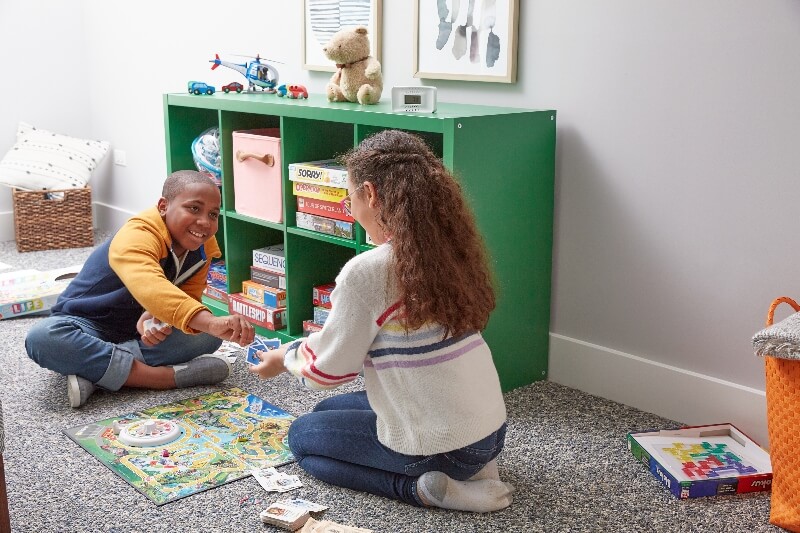How to Reduce the Risk of Carbon Monoxide Poisoning

How to Reduce Your Risk of Carbon Monoxide (CO) Poisoning
Carbon monoxide (CO) poisoning can be scary because it can be deadly and comes without warning, especially if carbon monoxide detectors are not installed in the home. A CO leak can come from various sources, but there are certain steps you can take to learn how to prevent carbon monoxide poisoning. Learn where this deadly gas comes from and how to reduce the risk of carbon monoxide poisoning from a leak in your home.
Common Sources of Carbon Monoxide
Chimneys and Fireplaces
One major cause of carbon monoxide leaks is chimneys and fireplaces. When the weather turns cooler during the autumn and winter months, it’s nice to cuddle up next to a warm fire. However, you should have a professional inspect your chimney or fuel-burning equipment every year before use. Also, you should clear all filters and filter systems of dust before starting a fire, and always be sure to open the flue for ventilation when using the fireplace to reduce the risk of carbon monoxide poisoning. A controlled fire in a fireplace can be a great way to stay warm, but it can also be a dangerous source of CO without taking precautionary steps.
Clothes Dryer
Another common appliance that produces carbon monoxide in a home is the clothes dryer. You need to make sure you are cleaning out the lint and debris that may build up in the vent that leads from the dryer to the outside of the house. It is also recommended to have the dryer regularly serviced and cleaned by a professional to reduce the risk of carbon monoxide poisoning and ensure the appliance is in good, safe working order.
Grills, Barbecues and Generators
There are certain devices you should never use inside, including grills, barbeques and generators. You should only use generators in a well-ventilated location, outdoors away from windows, doors and vent openings. You should also never leave a car running in a closed garage.
It is important to always be mindful of possible sources of carbon monoxide leaks. These are all vital ways to help reduce the risk of carbon monoxide poisoning from a leak. However, it is not possible to completely prevent a carbon monoxide leak from occurring. There can be malfunctions and events out of your control that can lead to a carbon monoxide leak. In these situations, this is where your CO alarms become important. Your detectors are there to provide an early alert and help protect what matters most. Always remember to regularly test and replace your carbon monoxide detectors every 5 to 7 years.
Source: National Fire Protection Association